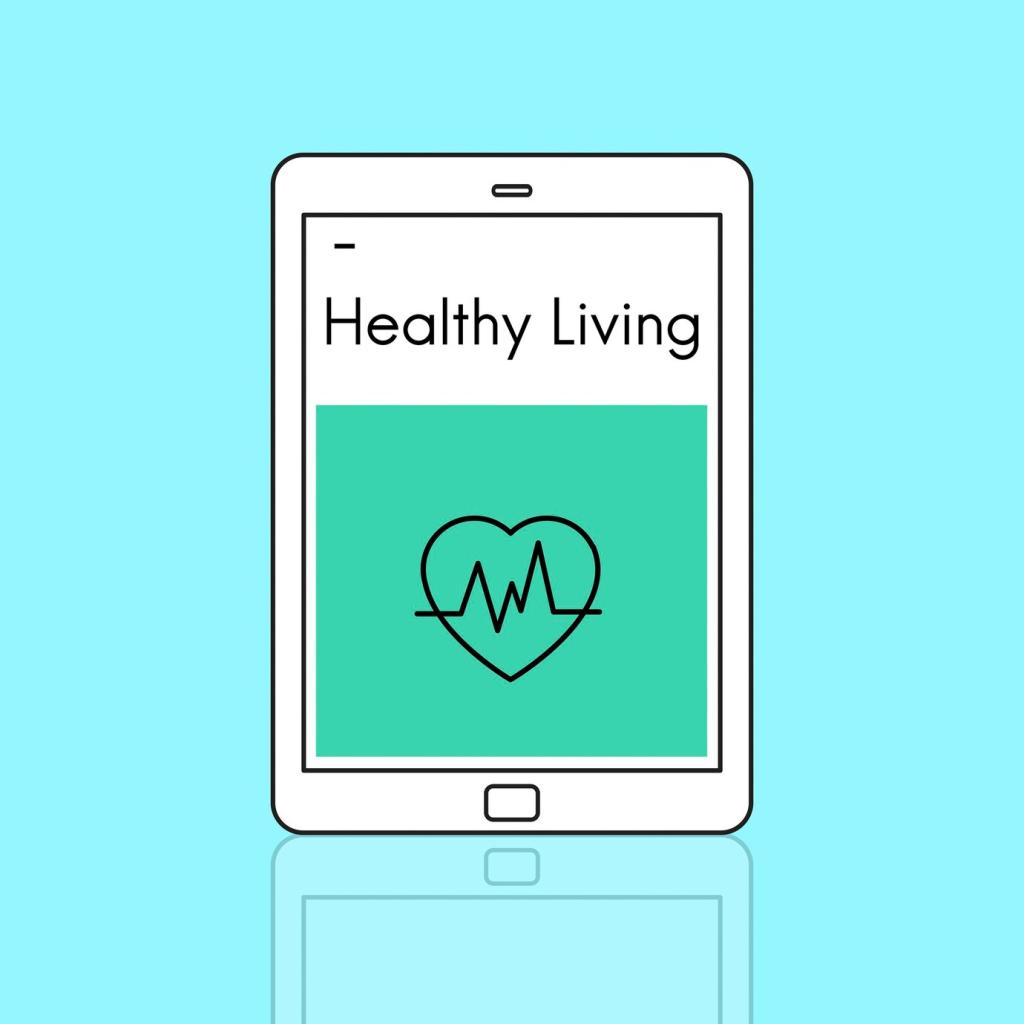Measure, Review, and Iterate
Record average screen time, pickups, and focus hours. Track context: when, where, and which apps derail you. After two weeks of changes, compare the numbers. Improvement becomes visible motivation, and outliers reveal where to tighten or relax your notification rules.
Measure, Review, and Iterate
Every Friday, review your metrics, note one win, and choose one tweak: maybe add a VIP, shrink a summary window, or silence a new app. The goal is not perfection; it is steady, compassionate progress toward a calmer cognitive climate.
Measure, Review, and Iterate
Mute three nonessential sources, enable summaries, and run two daily focus blocks for one week. Share your before and after metrics in the comments, and subscribe for challenge prompts, templates, and encouragement. Your attention is precious; treat it like a scarce resource.
Measure, Review, and Iterate
Lorem ipsum dolor sit amet, consectetur adipiscing elit. Ut elit tellus, luctus nec ullamcorper mattis, pulvinar dapibus leo.





